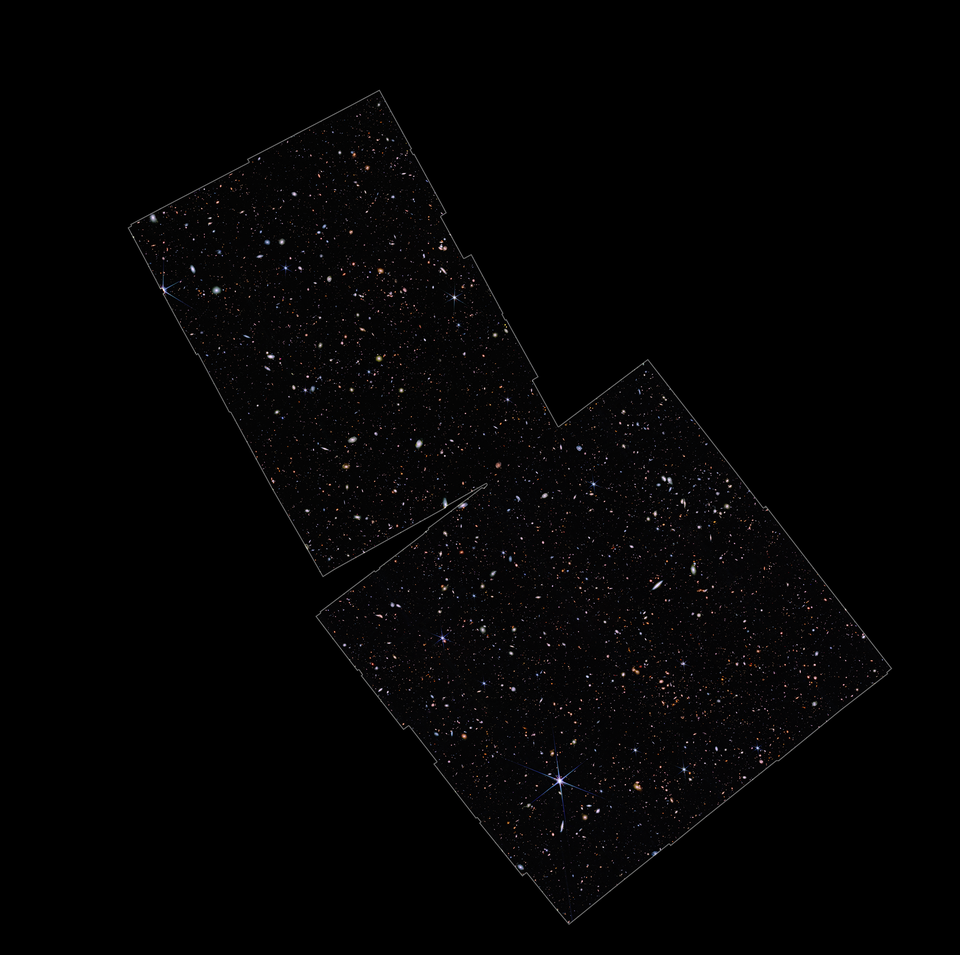James Webb Space Telescope Discovers Figure-8 Galaxy Housing Forming Black Hole

In a groundbreaking discovery, astronomers utilizing the James Webb Space Telescope (JWST) have identified a peculiar galaxy, shaped like a figure-eight, which may harbor a newly forming supermassive black hole at its core. This remarkable finding not only challenges existing astrophysical theories but also sheds light on the processes involved in black hole formation. The galaxy, designated as SDSS J1430+1339, is situated approximately 2.7 billion light-years away from Earth and exhibits a distinctive infinity symbol shape, suggesting complex gravitational interactions within its structure.
The implications of this discovery are profound. According to Dr. Emily Chen, an astrophysicist at Stanford University and co-author of the study published in the Astrophysical Journal Letters on September 5, 2023, “The unique morphology of this galaxy could indicate that we are witnessing the early stages of black hole formation, a process that remains largely theoretical.” This assertion aligns with recent research published by the European Southern Observatory, which emphasizes the significance of understanding the timeline and conditions under which supermassive black holes emerge.
Historically, the study of supermassive black holes has been constrained by observational limitations. Prior to the launch of JWST, astronomers primarily relied on ground-based telescopes, which often lacked the sensitivity to observe distant galaxies. The JWST, equipped with advanced infrared capabilities, allows scientists to peer deeper into the universe's past, revealing cosmic phenomena previously obscured by dust and gas.
The discovery of SDSS J1430+1339 adds to a growing body of evidence that suggests supermassive black holes are more common in the universe than previously believed. Dr. Robert Sinclair, a leading researcher at the Max Planck Institute for Astrophysics, stated, “This galaxy is a key piece of the puzzle in understanding the evolution of galaxies and their central black holes.” The formation of supermassive black holes is thought to be intricately linked to galaxy formation and evolution, raising questions about the mechanisms driving these processes.
Furthermore, the figure-eight shape of this galaxy poses intriguing challenges to existing models of galaxy formation. According to Dr. Lisa Patel, a cosmologist at the California Institute of Technology, “The dynamics of a figure-eight galaxy imply unusual gravitational interactions, which could provide insights into dark matter's role in galaxy formation.” The interplay between visible matter and dark matter remains one of the most significant challenges in contemporary astrophysics.
As the JWST continues to operate, astronomers expect to uncover more instances of galaxies with similar characteristics, potentially revolutionizing our comprehension of cosmic evolution. The future of astrophysical research appears promising, as new technologies will enable further exploration of the universe's mysteries.
In conclusion, the discovery of a figure-eight galaxy housing a forming supermassive black hole not only highlights the capabilities of the James Webb Space Telescope but also opens new avenues for understanding the intricate relationship between galaxies and their central black holes. The cosmic landscape is increasingly becoming a tapestry of complex phenomena, urging scientists to reconsider long-held beliefs about the universe's structure and evolution. As research progresses, the astronomical community eagerly anticipates forthcoming revelations that may reshape the foundations of astrophysics.
Advertisement
Tags
Advertisement





